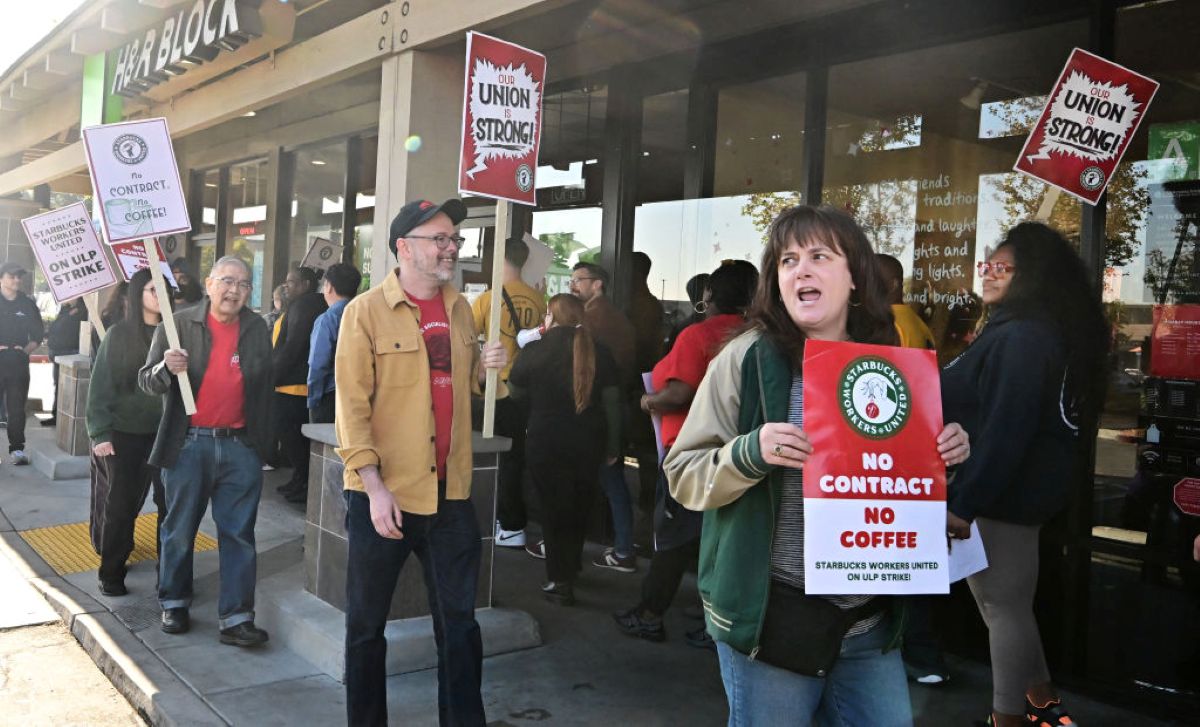
A recent report highlights a concerning trend in union participation in Illinois, showing a decline despite a rise in new union petitions. Since the Janus decision in 2018, private sector unionization rates in Illinois have dropped by 1.7 percentage points, while public sector unionization rates have fallen by 4.1 points, now hovering near 50% [e2b14a6]. In 2023, there were 86 successful union petitions, an increase from 67 in 2022, marking the highest totals since 2014. However, the number of workers who unionized in Illinois decreased significantly, with only 4,399 workers joining unions in 2023 compared to 9,497 in 2022 [e2b14a6].
This decline in union membership has resulted in Illinois' workforce unionization rate dropping below 13% for the first time, now standing at 12.8%. The total number of unionized workers in the state has decreased from nearly 847,000 in 2015 to 707,829 in 2023 [e2b14a6]. The public sector unionization rate has also seen a decline from 52.1% to 48% following the Janus ruling, which has had lasting effects on union strength in the state [e2b14a6].
On a broader scale, union membership among American men has also seen a significant decline. According to data from the Bureau of Labor Statistics, the unionization rate for men fell from 20.1% in 1983 to just 9.9% in 2024, with 7.6 million men currently unionized, a loss of 216,000 members from the previous year [4a8217a5]. In contrast, women's unionization rates have slightly increased to 9.5%, while Black workers hold the highest unionization rate at 11.8% [4a8217a5].
Despite these challenges, the passage of Illinois' Workers' Rights Amendment in 2022, which bans right-to-work laws, aims to bolster union protections. Additionally, nearly 60 million U.S. workers have expressed a desire to join a union if given the opportunity, highlighting a strong public sentiment in favor of unionization [4a8217a5]. Unionized workers in Illinois earn approximately 12.6% more than their nonunion counterparts, with average hourly earnings reported at $36.82 in 2023, higher than neighboring states with right-to-work laws [e2b14a6].
On a national scale, union membership saw an increase of 135,000 in 2023, and a Gallup poll indicates that 67% of respondents view unions favorably [e2b14a6]. This juxtaposition of rising public support for unions against declining participation in Illinois and among American men highlights the complexities facing labor movements today. As unions continue to advocate for workers' rights and better wages, the landscape of labor in Illinois and across the U.S. remains a critical area of focus [e2b14a6].